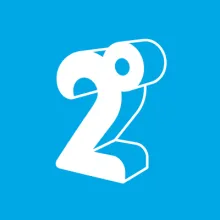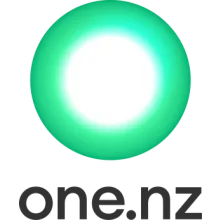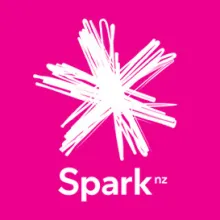New Zealand, a two-island nation in the South Pacific, has a population that is primarily concentrated in urban areas, particularly in Auckland, Wellington, and Christchurch. The country's geographic isolation and rugged terrain pose unique challenges for telecommunications and infrastructure. Despite these hurdles, New Zealand has made significant strides in these sectors, with fibre optic networks reaching 87% of the population in 2022 and LTE networks covering 98%. The country has also embarked on ambitious renewable energy projects, with about 85% of its power coming from renewable sources, majorly hydroelectric, geothermal, and increasing wind power. In terms of regional uniqueness, the South Island is known for its hydroelectric projects while the North Island has significant geothermal activity which is harnessed for power.

Mobile Network Operators
The are 3 companies operating mobile networks in this region.


One NZ, Vodafone New Zealand Limited, provides telecommunication services in New Zealand. It offers mobile, broadband, and television services to individuals and business clients. The company was incorporated in 1998 and is based in Auckland, New Zealand. Vodafone New Zealand Limited operated as a subsidiary of Vodafone Europe B.V. until its sale to local infrastructure investment firm Infratil and Canada’s Brookfield Asset Management.
The company has invested millions of dollars in its 3G network, improving capacity in congested urban areas. It has New Zealand's first 4G LTE network and...

Spark is a major telecommunications company based in New Zealand. The company was established in 1987, initially operating under the name Telecom New Zealand. In 2014, the company rebranded as Spark New Zealand, reflecting its evolved focus on digital services. Spark is publicly listed on both the New Zealand Exchange (NZX) and the Australian Securities Exchange (ASX). The company is primarily owned by institutional investors, with no single entity holding a controlling stake.